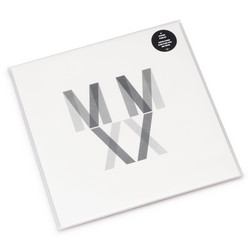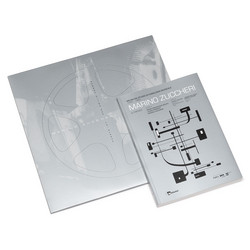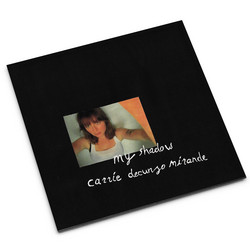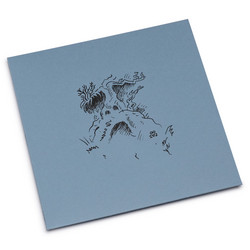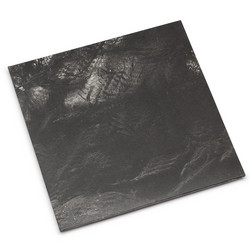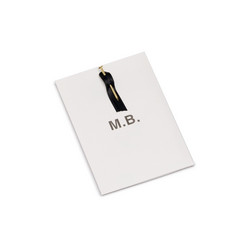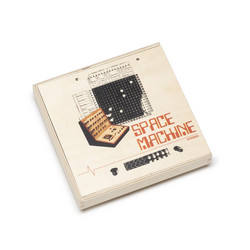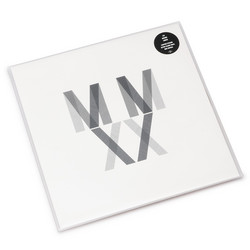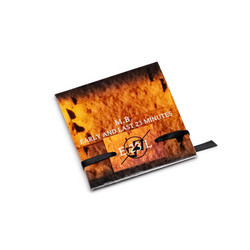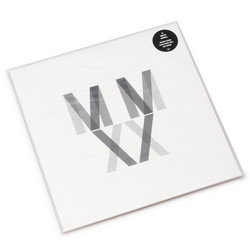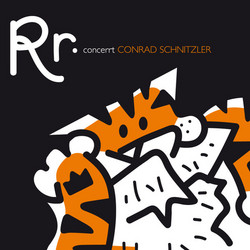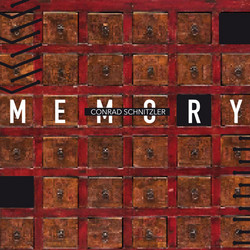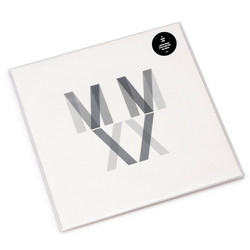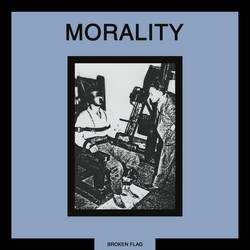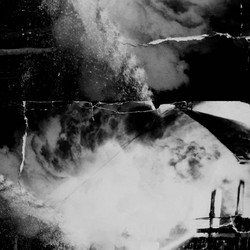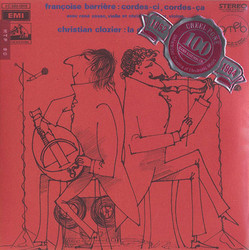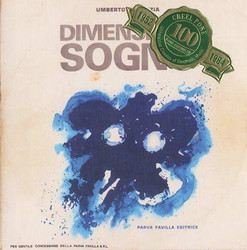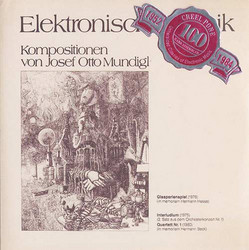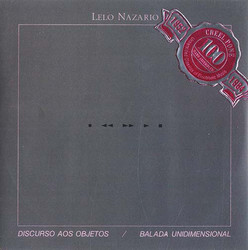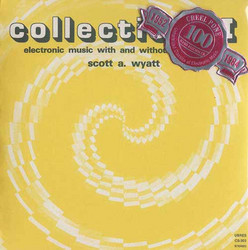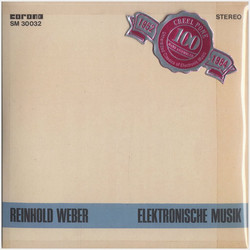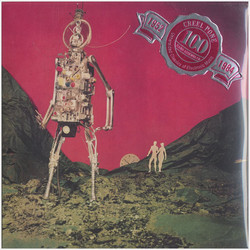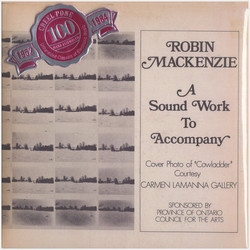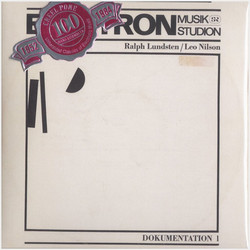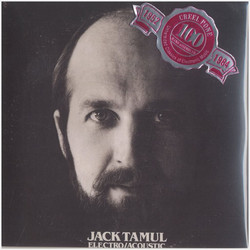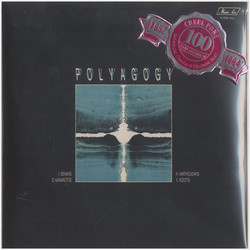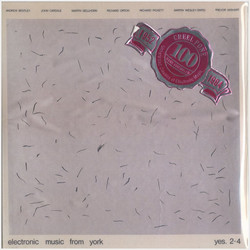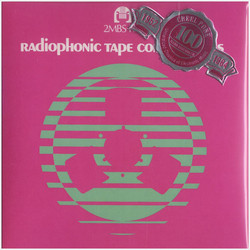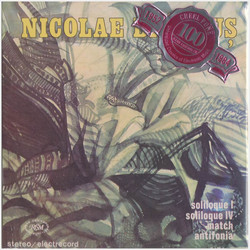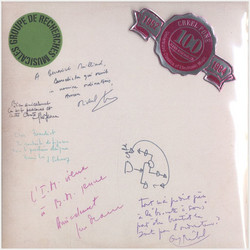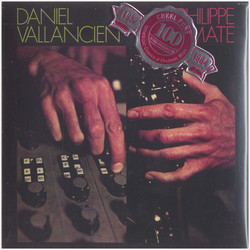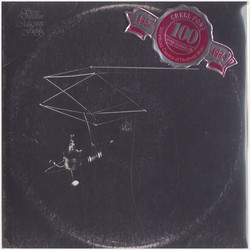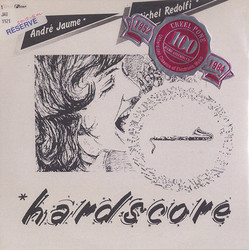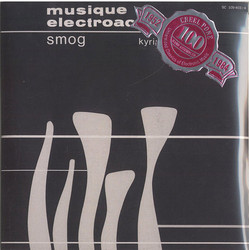After a short break - during which we all celebrated Creel Pone's 10th year of existence in style & the PTB worked quite hard at keeping the program's core largely available for a stretch - here's a reproduction of an unheard-of 1981 set of Electronic Music by the Chicagoland Composer Beverly De Fries D'Albert privately issued via the Columbus, OH pressing-plant / private imprint Coronet. Subtitled "Electronic Music Album Number 1," the album is split between three shorter pieces recorded at the suburban Governor's State University's Electronic Music Studio on their Arp 2500 Synthesizer - the same model on which Eliane Radigue executed so many of her classic electronic pieces - and one longer piece composed at the SAIC's Electronic Music Studio heavily utilizing their massive Eµ Modular.
"...And the Sea Turned Red...Forgive Them..." (1980) is "dedicated to the thousands of dolphins killed in southwestern Japan - Iki island." "Nosce Teipsum" (1980) is "meant to express the struggle of life with the desire to know one's self as a prerequisite to the knowledge of God." "Loxodonta Africana Called Njogu in Kikuyu" (1981) is prefaced with the text "As I look into the electric fan of life, the blades are transformed into elephant ears flapping back and forth, trying to relieve the silence." All three are fine deviations into extended, wasteland-syntheses harkening to Nik Raicevic's apocalyptic-isms & flashes of the finely honed modular wranglings of Toms Hamilton & Cameron - some fine moments of "Bohor" -esque klang & string damage only sweeten the deal.
The side-length "Mental Sailing" mixes a performance of "Electronic strings, electric piano and tympani recorded live with tape and three screen film projections at GSU's Recital Hall during Composer's Concert on March 13, 1980." De Fries-D'Albert's ... partner (husband? father? so many unanswered questions here) François D'Albert improvised some nice, tonal amplified violin runs over a bed of quantized melodic synth filigree that harkens back to Douglas Leedy's "Entropical Paradise." The following text accompanies the piece: "You have not entered into the cerebral palace of images which flash in my mind. These images are in many ways autistic and are held tightly within me. I am able to share them in sound only for it has not been easy to talk about."
Incredible, history-rewriting music for the most part that exposes the work of an otherwise undocumented Composer working WAY ahead of the curve - topically, sonically, conceptually - anyone with even a passing interest in this stuff will want to investigate further.

